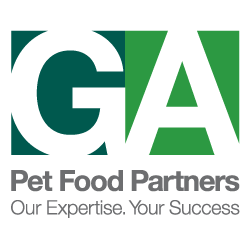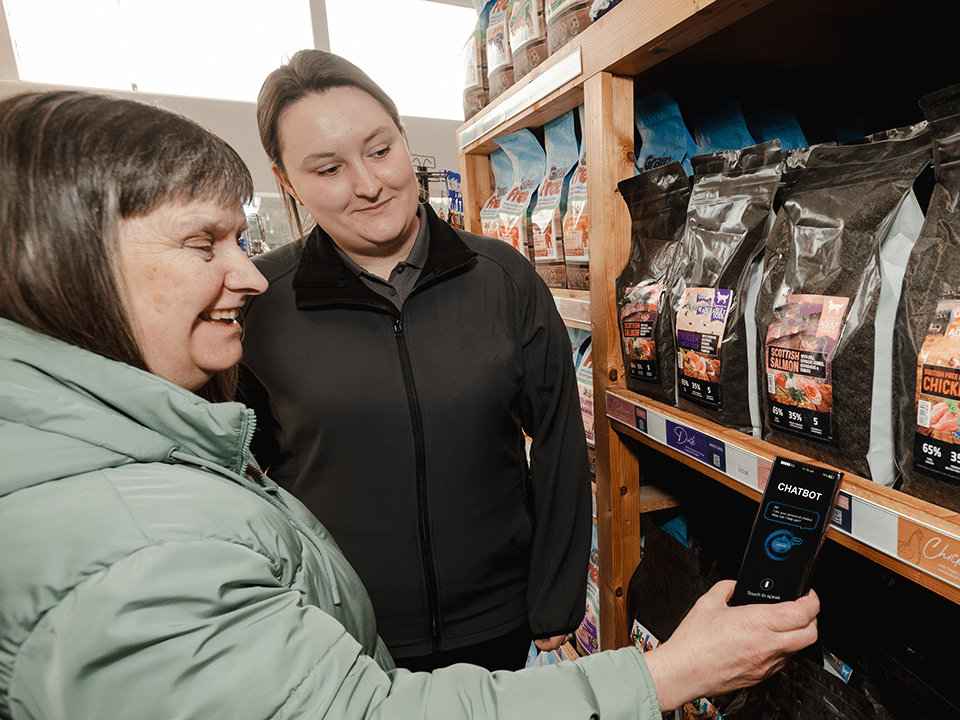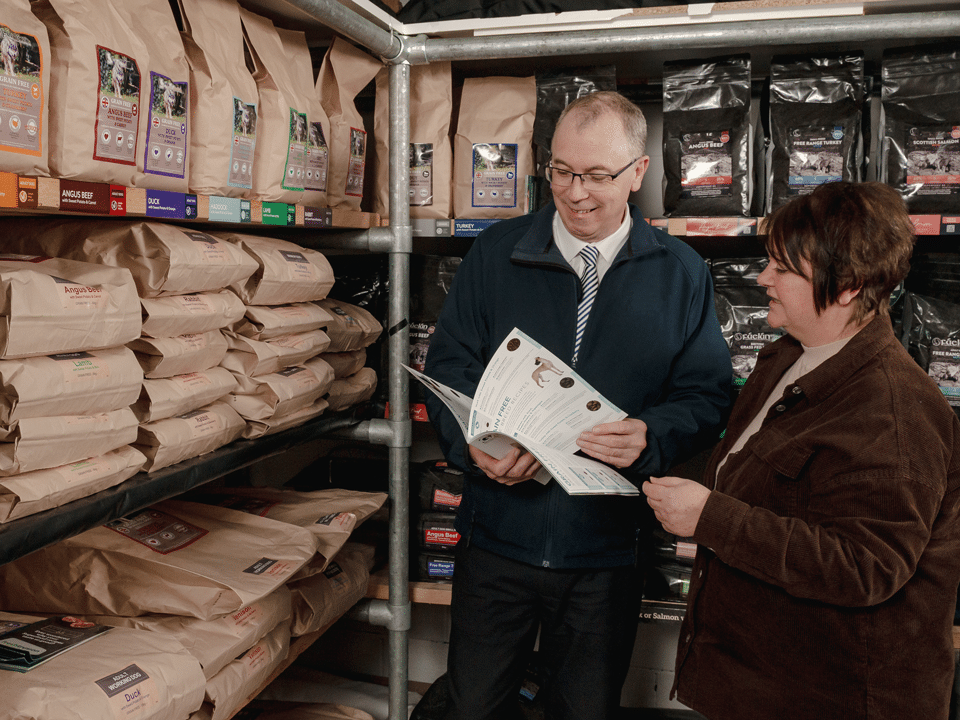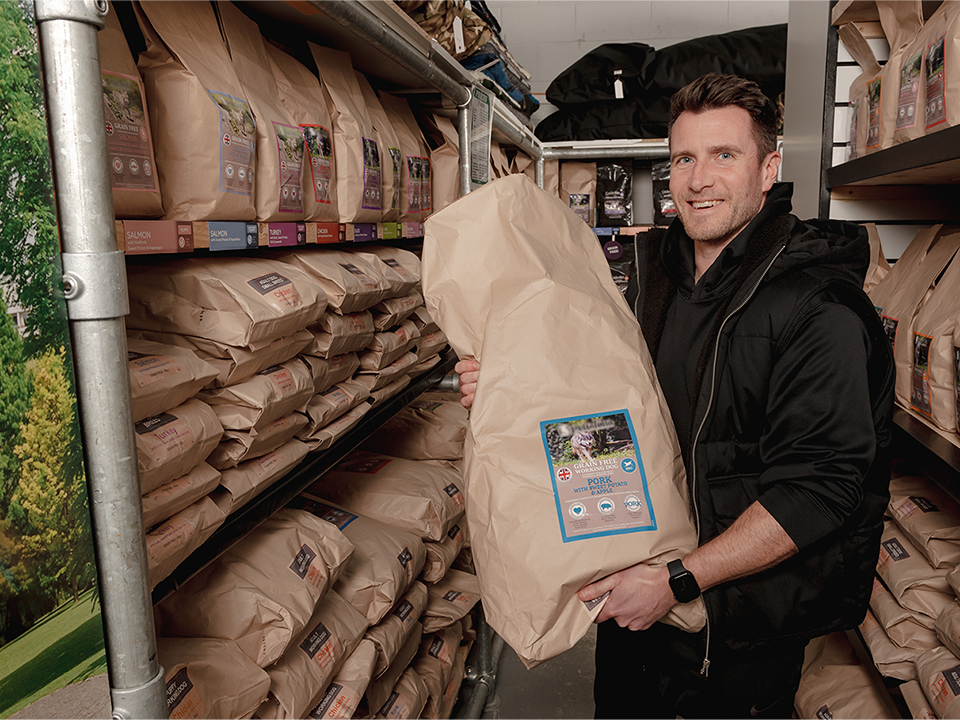
The influence of humanisation on pet food continues for many different reasons. This topic will be separated into two consecutive posts on the Pet Food Knowledge Centre. The first will focus on what humanisation is and how this has influenced purchasing behaviour; in addition to what is driving the humanisation trend, the post also includes a fantastic video from our Technical Services Director, John Hewitt, who looks at why the trend of humanisation in pet food continues.
To watch the video from John providing an insight into the role of humanisation in pet food, click below.
What is the humanisation of pet food?
Pet humanisation has received much attention in the mainstream media in recent years. But what is the humanisation of pet food? This term is defined as the attribution of human thought, feelings, motivations and beliefs to non-human animals (Forbes, Trafford, & Surie, 2018). In other words, owners want their pets eating habits to be similar to their own. In modern society, pet owners want their pets to share a similar lifestyle. Some examples include nutrition, celebrations such as birthdays and even social media accounts.
How has humanisation influenced purchasing behaviour?
According to the Pet Food Industry, 95% of pet owners consider their pets as part of the family (Pet Food Industry,2016). Humanisation has contributed to a shift in purchasing behaviour, with owners wanting their pet’s diets to be similar to theirs but also beneficial for their health. As a result, humanisation and premiumisation have become consistent factors in the market, with people willing to pay higher prices to ensure that their pets receive the best. In many instances, premium products mirror what is happening in the human food industry. A recent study revealed that owners who fed their pets speciality foods correlated to those who had a strong bond with them.
Pet Food Branding
As the humanisation trend has exploded, pet food brands have had to ensure that they keep up with the times. If you walk into a pet shop, you will notice that many labels and bag designs now reflect human food branding. In particular, recyclable packaging is becoming more popular throughout the pet food industry. Another humanisation factor is the messaging enticing pet owners to purchase their pet’s food. Brands promote common phrases, including “Grain Free” or “Gluten Free” diets.
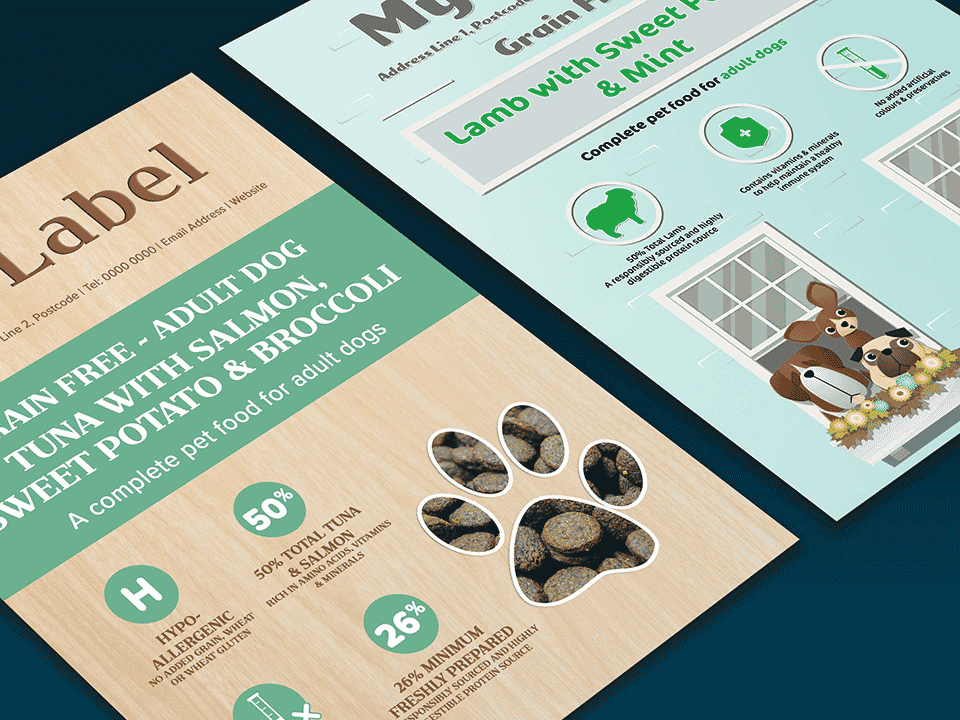
This has come to the forefront of the pet food industry, with many owners wanting these diets to ensure their pet continues to live healthy lifestyles for as long as possible. According to Euromonitor International, consumers seek transparency, less processed and inherently more natural products (Euromonitor International, 2021). This is replicated in the pet food market, with many brands pushing the “natural” message to consumers.
Pet Food Claims
When it comes to pet food claims, this has also been humanised. Claims on pet food packaging not only inform consumers about what is within the bag of pet food. They also promote a message for why a person should purchase their product. We are also seeing traction in functional food claims in modern times. More consumers are taking an interest in products that deliver a specific promise. A popular claim in human food comes from the inclusion of collagen. Collagen has seen strong growth in human products in recent years, mainly from its links to hair, skin, nails and joint benefits. Interestingly, 46% of global consumers are moderately or highly concerned about their skin health and 52% about joint and muscle pain. This has transpired into pet food, with many formulas providing collagen claims.
Provenance
In all walks of life, we are looking for a sustainable future. The provenance of products is at the heart of sustainability. Consumers are choosing sustainably sourced pet foods that have ethical or environmental links. Organic, free-range, or locally sourced claims refer to a product’s provenance in human food. Now, many pet food brands have seen the benefits of provenance claims on their packaging and labels, with there being a real opportunity to sell the story of where their pet food ingredients come from. Recent research revealed that 39% of pet owners didn’t know enough about the ingredients in the food they feed their pets.
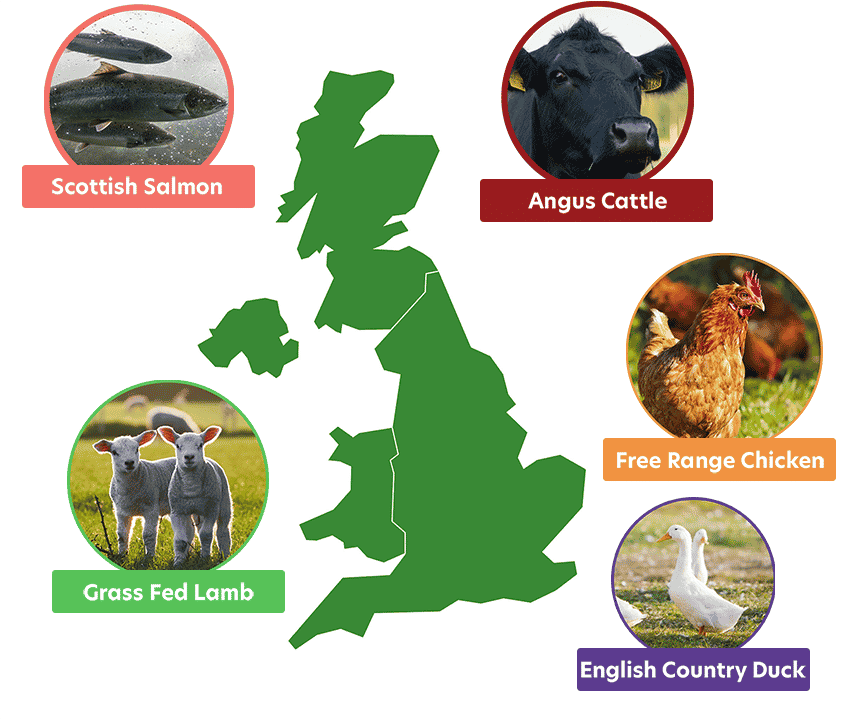
What is driving the humanisation trend?
A number of different factors are driving the humanisation of pet food. As discussed earlier, the relationship between owner and pet has developed. People may have seen their pet as simply an animal in the past. Nowadays, this is not the case, with many people seeing their pets as part of the family; terms used by owners are “pet parents” and “fur babies”.
Demographics
Another strong driver of the humanisation trend is the change in the demographics of pet food buyers. We are now seeing millennials and Generation Z purchasing pet food. With this, there is more access to information about the nutrition in pet food, and consumers have a better understanding. In addition, these two generations care a lot for their furry companions. Many have the attitude that ‘if it’s good enough for me, it’s good enough for my pet’. This provides a fantastic opportunity for pet food brands to promote humanised claims on their packaging to these demographics.
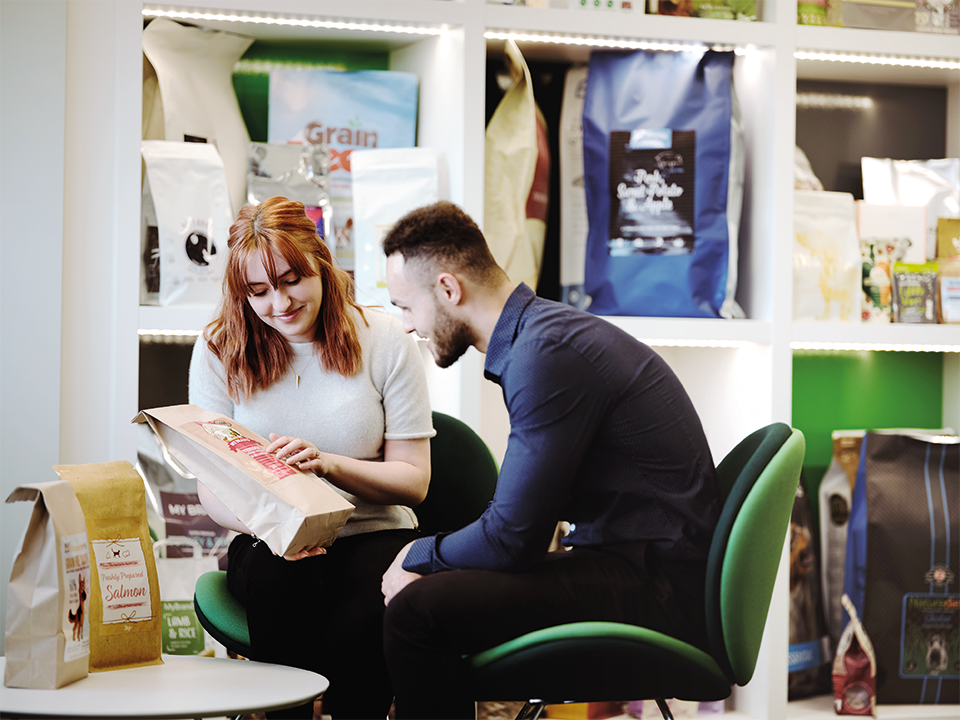
Socio-Economic Factors
Another driver of humanisation is socio-economic factors. Many people’s circumstances are changing, which include single-person households, and couples getting married much later than in previous years. In addition, divorce rates are rising. All of these changes lead to people wanting unconditional love, and one way people find this is by acquiring a pet and providing them with the best.

Summary
To summarise, humanisation is a trend that will continue to influence the pet food industry. With 95% of pet owners considering their pets to be part of the family, they only want to feed the very best. In addition, people are now, more than ever, focusing on their own health and well-being and have been influenced to look for this with their pets. This has led to an increase in premium and therapeutic products for pets.
Pet food brands have turned their attention to ensuring their branding, labelling, and packaging reflect pet owners’ humanised needs. So, for example, there has been an increase in terms such as “Grain Free” and “Gluten-Free” diets, all of which replicate similar messages that humans have, such as being suitable for sensitive stomachs. There are also other factors, such as demographic and socio-economic changes, that are influencing the humanising and premiumisation of products.
References
Carrara, A. (2019, July 19th). UK dog food labels ‘too hard to read’, report finds. Retrieved from Pet Gazette: https://www.petgazette.biz/25034-pets-at-home-invests-in-dog-walking-and-pet-sitting-service/
Forbes, S. L., Trafford, S., & Surie, M. (2018). Pet Humanisation: What is it and Does it Influence Purchasing Behaviour? Dairy and Vet Sci J, 2.
Industry, P. F. (2016, March 9th). Report: 95% say pets are part of the family. Retrieved from Pet Food Industry: https://www.petfoodindustry.com/articles/5695-report—say-pets-are-part-of-the-family
International, E. (2021). Trends Shaping the Future of the Food and Nutrition Industry. Passport.

Matthew Aiken
Marketing Communications Expert
Matt graduated in 2017 with an undergraduate degree in Business & Management. Here he discovered that he had a passion and interest in Marketing. In his spare time, he enjoys anything fitness related and getting outdoors. He also has a French Bulldog called Harley and a Persian cat called Bonnie Blue.
You may also like...
Article written by Matthew Aiken
The pros and cons of AI in pet retail
You may have heard the letters "AI" or "AI Technology" frequently used in the media. From opening your phone with Face ID to interacting with [...]
